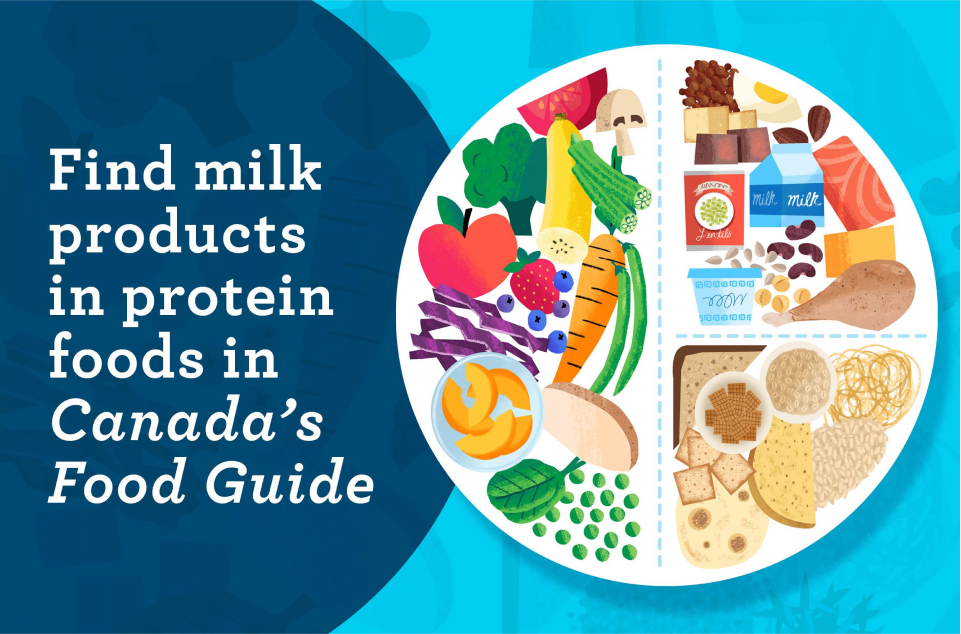Has dairy been removed from Canada’s Food Guide? Is milk still considered healthy? Should my students drink milk? We answer all your questions in this post.
Since the release of the 2019 Canada’s Food Guide, our team of Registered Dietitians has received questions about milk and the Food Guide. Families, caregivers, and teachers want to do what’s best for children and youth when it comes to nutrition. Our team has the same goal, and we’re here to help you understand the Food Guide.
Where is milk in the Food Guide?
Milk, cheese, and yogurt are in the protein foods category with other protein foods such as beans, meat, and fish1. This is because milk is an excellent source of protein.
Is milk a healthy drink choice?
Canada’s Food Guide names milk as a healthy drink choice at meals and snacks2. The Food Guide continues to recommend water as a drink of choice. This message was created to encourage water instead of sugar-sweetened beverages throughout the day.
Should my students drink milk?
Health Canada recommends eating foods with calcium every day and having a daily source of vitamin D2. For children and youth, especially those in their peak bone-building years, milk offers important nutrients for growth and development, such as protein, calcium, and vitamin D. While these nutrients can be found in other foods, milk, cheese, and yogurt are dependable and enjoyable ways to help meet these needs.
Beyond strong bones
Milk naturally contains a type of calcium our bodies absorb well. You may already know you need calcium for strong bones, but did you know milk has a unique combination of protein, calcium, potassium, and magnesium that benefits heart health too?3 In addition to its role in bone-building and as an excellent source of high-quality protein, research shows that including whole dairy foods, especially milk and yogurt, with plenty of vegetables and fruits helps reduce blood pressure3.
How can I teach my students about Canada’s Food Guide?
Start by encouraging respectful conversations when talking about food. Then, help students explore a variety of foods from Canada’s Food Guide, including milk, through developmentally appropriate activities.
Sources
References: 1. Health Canada. Eat protein foods. 2022. | 2. Health Canada. Applying Canada’s dietary guidelines. 2022. | 3. Dairy Nutrition. The DASH diet: A look at the research. 2023.


